At the RSA this week we celebrate design’s positive impact on the world around us by awarding the prestigious title of Royal Designer for Industry (RDI).
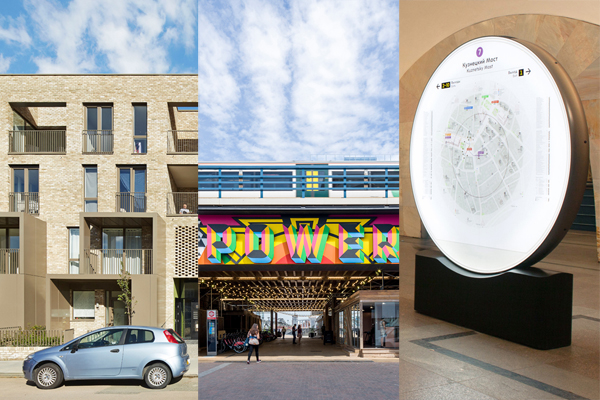
We welcome three leading practitioners to the RDI Faculty and wider RSA Design Association at a special event to be held at the RSA. The ceremony, supported by Innovate UK is part of wider programme exploring the future of design for industry.
Established by the RSA in 1936 the RDI is given annually to designers of all disciplines who have demonstrated sustained design excellence and significant benefit to society. The Government’s Industrial Strategy (PDF, 14.8MB) launched this week noted that:
Our ability to innovate – to develop new ideas and deploy them – is one of Britain’s historic strengths. We are a nation of innovators: from Sir Frank Whittle’s jet engine to Sir Tim Berners-Lee’s World Wide Web and Sir James Dyson’s bagless vacuum cleaner."
All 3 of these ‘historic innovators’ were appointed as Royal Designers for Industry of the RSA. Only 200 people at any time may hold the RDI title and there are currently 146 members.
The new RDI cohort for 2017 are united by their outstanding contribution and commitment to design that is responsive to people and place. They have created environments that aim to make life better for everyone, which is surely at the heart of every city’s inclusive and sustainable growth.
Alison Brooks
Architect Alison Brook’s portfolio ranges from urban regeneration and masterplanning to public buildings for the arts, higher education and housing. Her work is created from intensive research into the social, cultural and environmental contexts of each project to develop authentic, responsive solutions for buildings and urban schemes. Each has a distinct identity that responds to the needs of users and local communities. Her belief in the transformative social role of architecture underpins all her work. Newhall Be, Harlow, Essex has set a benchmark for suburban housing. Ely Court, South Kilburn, a housing estate commissioned by Brent Council, London has set a new standard in mixed tenure urban housing. Her rigorous approach has created environments that are regenerating local areas, supporting community cohesion and generating public, industry and local authority confidence in their collective ability to engage to deliver financially viable, well designed environments that meet the needs of local populations.
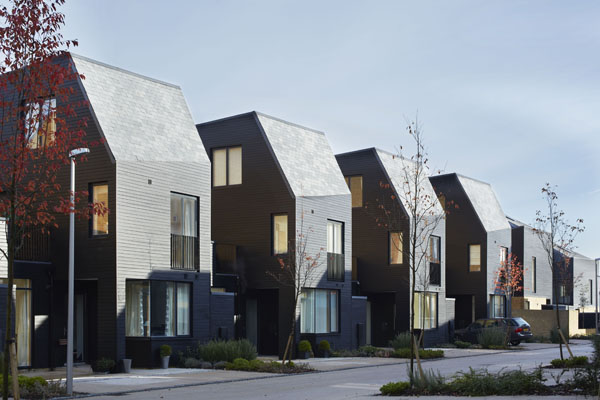
Newhall Be, Harlow, Essex set a benchmark for suburban housing
Morag Myerscough
Morag Myerscough’s design interventions have created and enhanced spaces and places by extending graphic design beyond its two-dimensional boundaries. Her bold, vibrant aesthetic transforms every context in which it is placed and is rooted in creating a sense of belonging in all those who encounter her work. Whether it is bringing joy and colour to Sheffield Children’s hospital, or bringing a playful presence to the UK’s new Design Museum, Morag’s visual vocabulary is engaging and inclusive. Its effortless energy resonates both aesthetically and emotionally with audiences beyond geographical and cultural boundaries. To this end the British Council have commissioned numerous cultural relations projects with Studio Myerscough including; ‘Open Wide’ a community project in Graz, Austria which celebrated diversity and ‘Ways of Seeing’ a landmark installation in Mexico City which challenged people to look at their everyday surroundings in new ways and to explore how this could change their perception of the world around them.
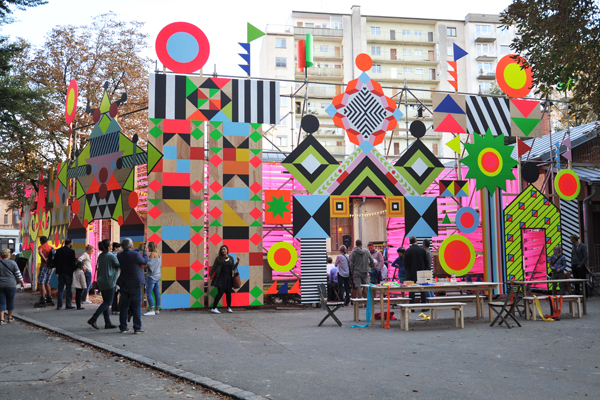
Open Wide, involving 100 local people, generated a new language of patterns and sense of belonging
Mike Rawlinson
Mike Rawlinson is a leader in urban design thinking and planning. He developed the Legible City initiative in Bristol, the UK's first fully integrated programme of transportation, information and identity projects designed to improve people's knowledge, understanding and experience of their city. Mike recognises that creating a coherent identity for a city is more than designing a logo or object. It is a profound and immersive exercise involving a user-centred approach, and drawing out the elements that define a place, and creating a palette of materials, colours and icons to distinguish the public realm. This immediately brings clarity to locals and visitors alike and is brought to life through the use of heads-up pedestrian maps that orientate people within their location. His systems improve transport integration by giving users information on bike hire schemes and walking. The Legible City programme has inspired and attracted other cities to follow suit. Notable examples include; the New York City Wayfinding System, London 2012 and Legible London, Interconnect Birmingham, Bath City information System, and Wayfinding for Moscow.
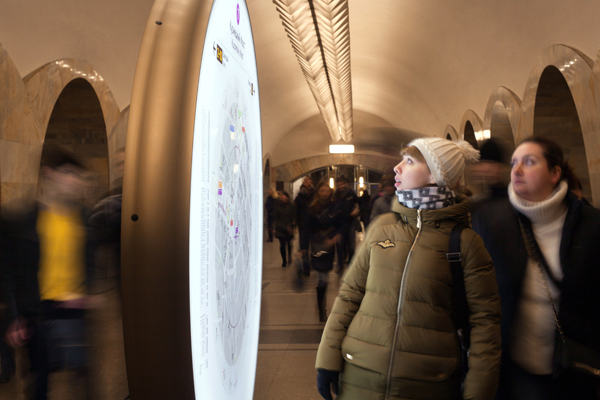
Moscow wayfinding map
We look forward to collaborating with our new Royal Designers for Industry on future initiatives.
The value of design
Over the next two years the RDI Faculty will be led by Tristram Carfrae RDI structural engineer and Deputy Chair of Arup. In his inaugural address as RDI Master this week Tristram considers the positive value of design and its impact on all our lives. From creating a process, service or plan that improves efficiency to transforming the world around us through a better built environment. He argues that the importance of creative design and innovation and its inherent human instinct, hunch and emotion will be more valuable in the future as automation and artificial intelligence proliferates.
Releasing a statement to coincide with his inauguration as RDI Master he commented:
Now more than ever, the world is relying on designers to provide answers to challenges such as climate change, population growth and resource depletion. Our task is to encourage the next generation of designers to move the world to a better, more sustainable future.”
In response to this, the RSA will be continuing its efforts to develop the Student Design Awards programme, a global curriculum that challenges designers in training to tackle pressing social, economic or environmental problems through design thinking and skills. This prescient statement about the future design workforce followed Philip Hammond’s budget speech last week which focused on science, innovation and emerging technologies, but did not mention design. A skills gap in design education and in design-based occupations is a concern particularly as design contributes over £71bn to the UK economy. Sarah Weir, CEO of the Design Council commented last week: “To deliver an agenda that creates long-term growth and boosts productivity we must also realise the importance of design”.
In a recent blog, Paul Mason, Director of Emerging Technologies at Innovate UK urged businesses to care more about design:
“We are trying to encourage companies to think about excellent design earlier in their innovation work. This is likely to result in better, more commercially successful, products, services or processes; and to achieve that more efficiently. Our approach is laid out in our Design In Innovation Strategy.
If you are innovating, you are doing design, whether you are aware of it or not. And, in a competitive world, where supply meets demand, it will be the best design that wins. So, you can get good at it. Or leave it to chance. The choice is yours.”
RDI address 2017: addicted to design
-
Listen to RDInsights podcasts with Alison Brooks and Tristram Carfrae in conversation with Mike Dempsey
Related articles
-
A design revolution for the climate emergency
Joanna Choukeir
Joanna Choukeir on Design for Planet, the global gathering of designers during COP26, and the changes design must make.
-
-
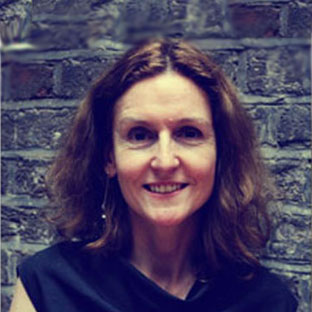
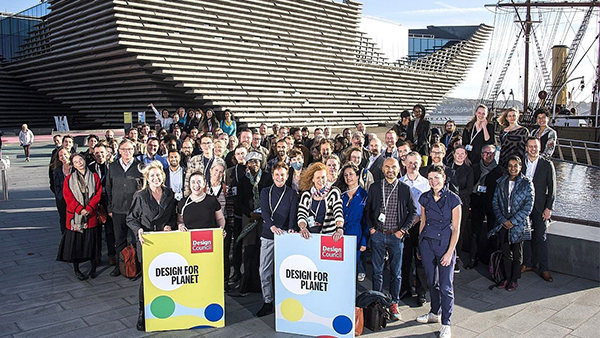
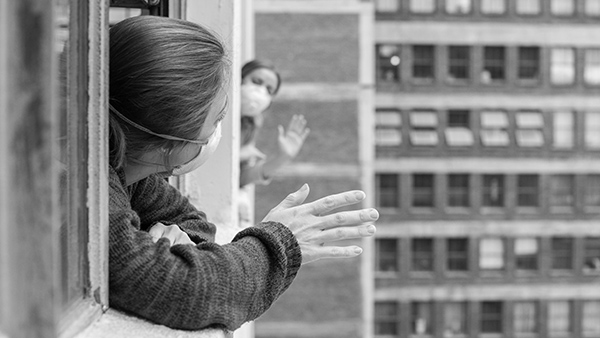
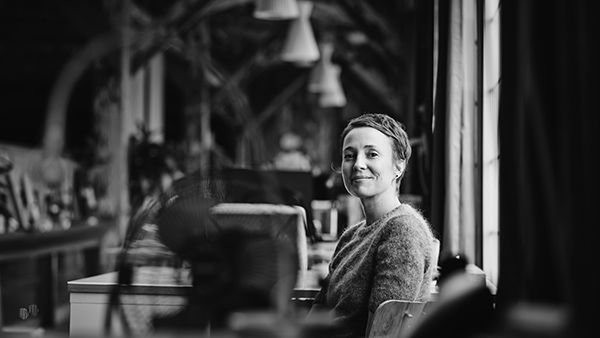
Be the first to write a comment
Comments
Please login to post a comment or reply
Don't have an account? Click here to register.